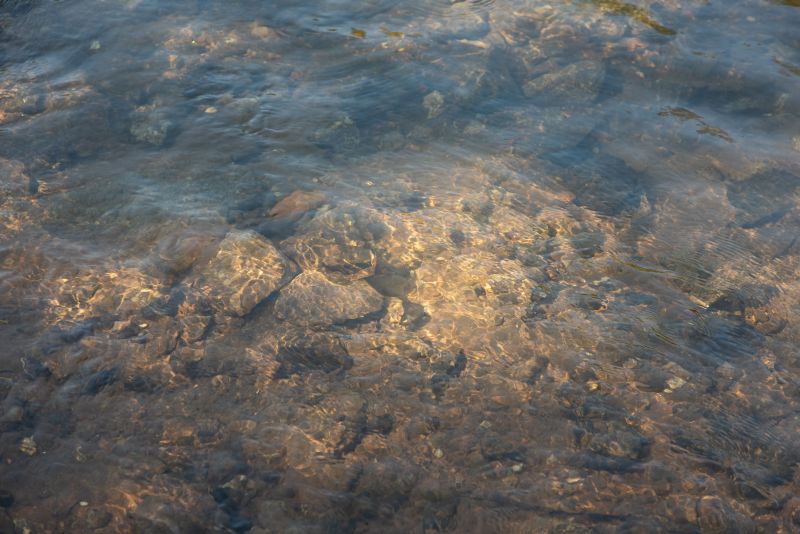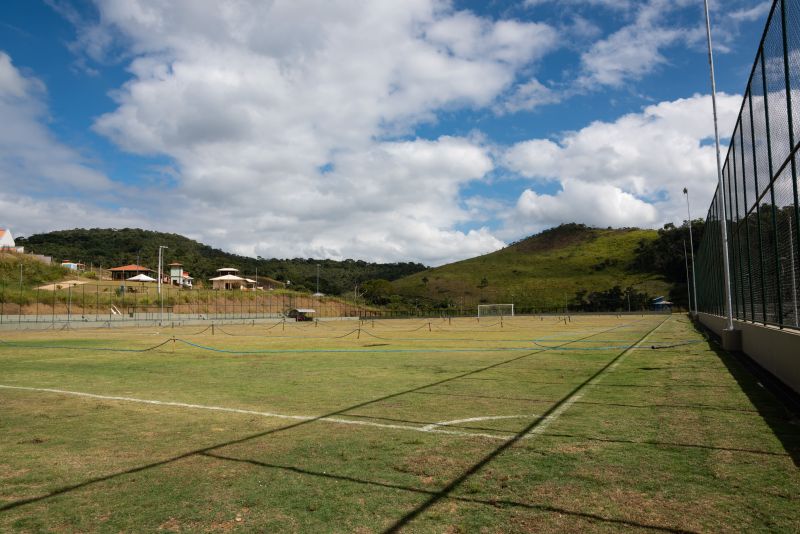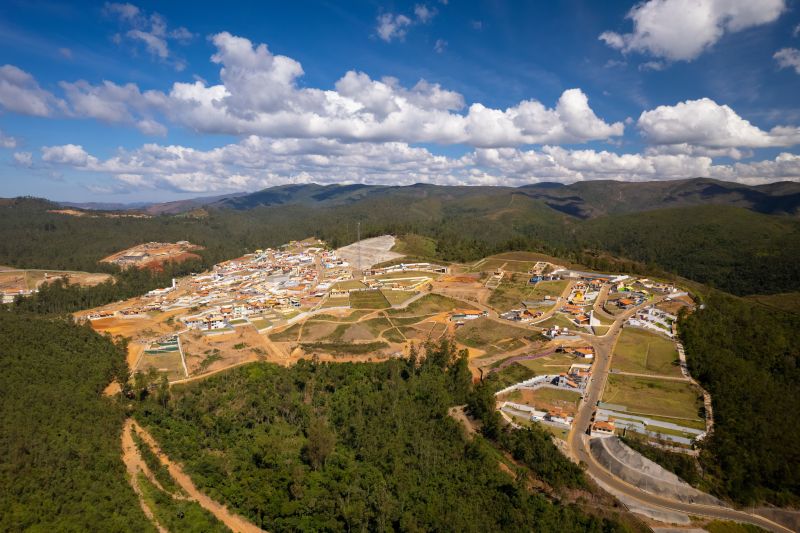The Mariana Dam disaster, which unfolded in Brazil in November 2015, was a harrowing reminder of the potential catastrophic consequences of environmental negligence. As the dam burst, unleashing a torrent of toxic sludge that swallowed entire communities, the world watched in horror.
Amidst the chaos and devastation, a suite of technologies emerged as vital lifelines, changing not only how rescue and recovery operations were conducted but also reshaping our understanding of disaster response. From advanced satellite imagery that provided real-time damage assessments to drones equipped with high-resolution cameras surveying the affected areas, these innovative tools enabled rescue teams to navigate treacherous terrain and prioritize their efforts.
Furthermore, the integration of social media platforms offered new avenues for communication and coordination, allowing affected individuals to share information and call for help in ways that had previously been unattainable. In this article, we explore the groundbreaking technologies that played a pivotal role during and after the Mariana Dam disaster, examining how they not only facilitated immediate response efforts but also set new precedents for future disaster management strategies.
Emergency Response Technologies

In the wake of the Mariana Dam disaster, a myriad of emergency response technologies emerged as pivotal in mitigating the crisis and enhancing recovery efforts. Drones equipped with high-resolution cameras scoured the affected landscapes, providing real-time aerial imagery that aided in the assessment of damage and the identification of vulnerable areas.
Simultaneously, satellite communications ensured uninterrupted connectivity, allowing first responders to coordinate seamlessly despite the chaos surrounding them. Mobile applications designed for crowd-sourced data collection played a crucial role, empowering local citizens to report incidents and share vital information quickly.
Moreover, advanced modeling software enabled teams to simulate potential flood scenarios, assisting in the strategic planning of evacuations and resource allocations. As technology intertwined with on-the-ground efforts, it became increasingly clear that these innovations not only expedited response times but also fostered a more resilient framework for future disasters.
Communication and Coordination Tools


In the chaotic aftermath of the Mariana Dam disaster, the role of communication and coordination tools became pivotal in streamlining response efforts. Advanced digital platforms, such as real-time messaging apps and geographic information systems, emerged as lifelines for first responders, enabling seamless information sharing among various agencies.
The integration of drones for aerial surveillance not only accelerated situational awareness but also allowed for the collection of critical data that could be relayed instantaneously to ground teams grappling with debris and devastation. Meanwhile, social media acted as both a broadcasting tool and a collection point for public sentiment, allowing officials to gauge community needs and efficiently mobilize resources accordingly.
This technological symbiosis transformed a fragmented response into a cohesive effort, illustrating how interconnected tools can combat chaos in disaster scenarios, ultimately saving lives and mitigating further damage.
Environmental Monitoring Technologies
In the aftermath of the Mariana Dam disaster, the deployment of advanced environmental monitoring technologies proved pivotal in assessing the extent of devastation wrought by the catastrophic failure. Drones equipped with high-resolution cameras scoured the impacted region, capturing aerial imagery that revealed the vast swathes of land contaminated by the sediment and toxic waste.
Meanwhile, real-time sensors measured water quality in nearby rivers, analyzing pH levels and heavy metal concentrations, thus enabling rapid assessment of ecological health. Ground teams, armed with portable analyzers, sampled soil and water, offering on-the-spot data that informed decision-makers on immediate remediation strategies.
The fusion of satellite imagery and geographic information system (GIS) technology further enhanced situational awareness, allowing responders to visualize the spread of contaminants across different terrains and communities. These innovative tools not only provided critical information during the response phase but also laid the groundwork for long-term environmental recovery strategies in the wake of such a tragic event.
Conclusion
In conclusion, the Mariana Dam disaster highlighted the crucial role that technology plays in emergency response and disaster management. From early detection systems and real-time data analytics to advanced communication tools and environmental monitoring, these innovations not only facilitated a more effective immediate response but also contributed to long-term recovery efforts.
As communities along the Rio Doce reparação embark on the arduous journey of reparação, it is essential that lessons learned from this tragedy inform future strategies, ensuring that technology continues to be harnessed for better preparedness and more resilient ecosystems. By embracing these game-changing technologies, we can work towards preventing such disasters and improving the response to those that occur, ultimately fostering a safer environment for all.


